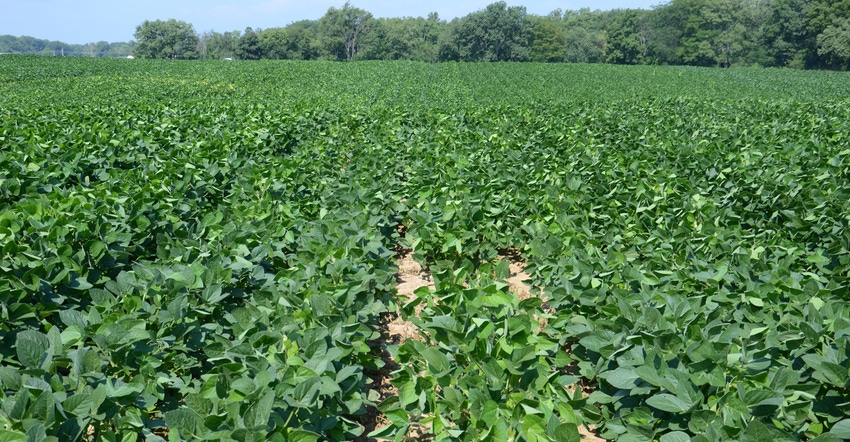
What can you learn from tissue testing on soybeans? If you only want to pull plant samples once, when should you do so?
There is a wide range of answers among this month’s panel of Indiana certified crop advisers. The panel includes: Traci Bultemeier, accounts manager, DuPont Pioneer, Fort Wayne; Gene Flaningam, Flaningam Ag Consulting LLC, Vincennes; and Bryan Overstreet, Purdue University Extension ag educator, Jasper County.
Bultemeier: In the latter part of July, you’re entering the rapid growth phases. While soil testing can show a picture of what the soil has to offer as far as nutrients, tissue tests will show if plants are accessing those nutrients. The greatest demand at that time is placed on soil nutrient reservoirs. A tissue test acts as a grade card on whether plants can access the reservoir.
Be cautious — soil moisture and weather can have a huge impact on nutrient availability. Quite frankly, I think that is the key time for value from plant tissue testing. This gives more value than simply trying to figure out how many different foliar products to blanket on the field.
Flaningam: Optimal timing for foliar feeding soybeans is when pods begin to develop and fill — the R3 stage. Tissue sampling at flowering, or R1 to R2 growth stages, would be ideal. This would allow time to get samples back from the lab and do any corrective foliar fertilizer applications when a fungicide is applied.
Overstreet: Sample the upper most leaf prior to pod set. Yes, you can learn from tissue tests. If you have a nutrient deficiency, there are many nutrients you can apply with a foliar product, plus you have knowledge for future crops.
About the Author(s)
You May Also Like




